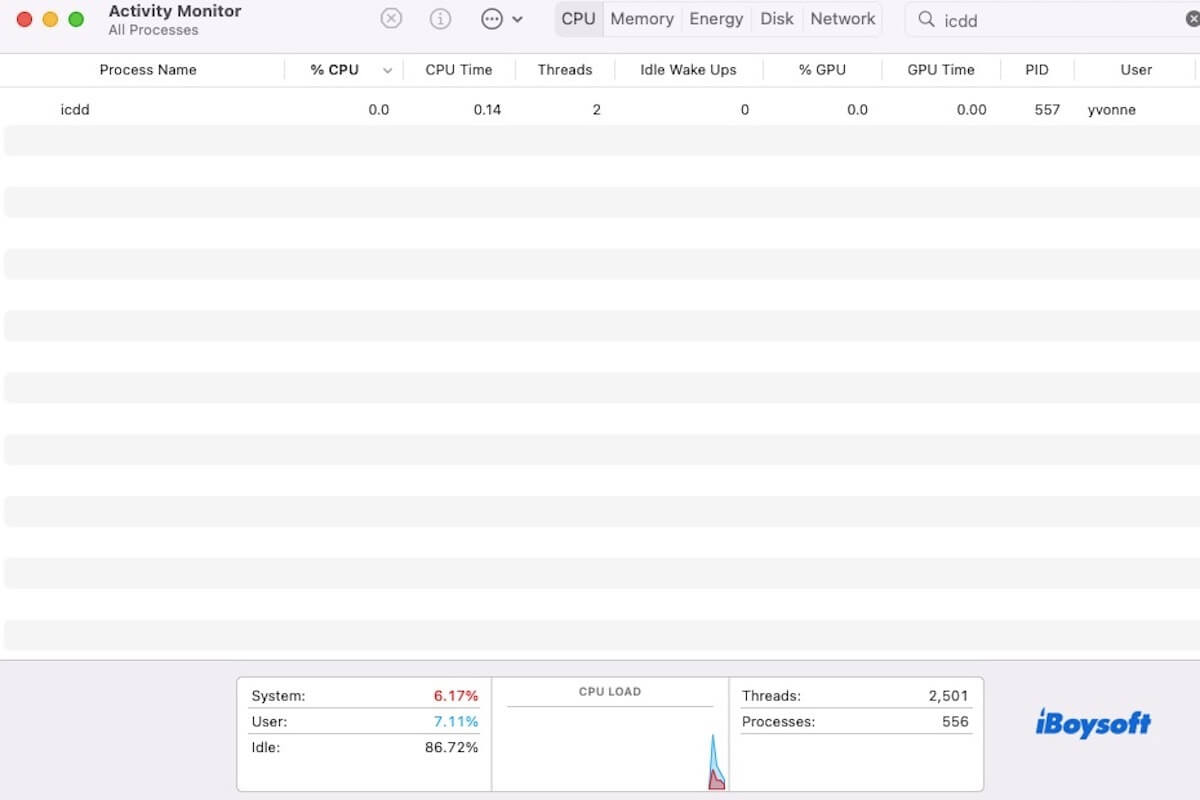If your Mac is stuck at the x icon and won't boot up, it likely doesn't have a working operating system. To fix it, you need to reinstall macOS. Here are three ways to do it:
- Reinstall macOS from Local Recovery Mode
- Reinstall macOS from Internet Recovery Mode
- Reinstall macOS from an external bootable drive
If your Mac is running Mac OS X 10.7 or later, you can use any of them to reinstall a working operating system. Otherwise, your Mac may not have Recovery Mode and you can only reinstall macOS from a bootable drive.
Before reinstalling macOS, you should get the important files off your Mac first. You can use Target Disk Mode if you have another Mac or use iBoysoft Data Recovery for Mac in Recovery Mode. After your data is safe, try the following steps to fix the bricked Mac.
① Reinstall macOS from Local or Internet Recovery Mode
- Shut down your Mac.
- Press the power button, then immediately press and hold Command + R to start your Mac form the recovery partition.
- Release the keys when seeing the Apple logo.
- Select "Reinstall macOS" from the macOS Utilities window and follow the onscreen instructions to finish the installation.
If you encounter errors on the installation, go back to the Utilities window where you can access Disk Utility to erase your startup disk by following the steps below.
- Open Disk Utilities > Continue.
- Click View > Show All Devices.
- Choose the top-level disk and click Erase.
- Select Mac OS Extended as format.
- Set scheme to GUID Partition Map.
- Click Erase.
- Then select "Reinstall macOS" to install the operating system.
If you still can't reinstall macOS, repeat the process in Internet Recovery Mode.
② Reinstall macOS from a bootable drive
- Create a bootable macOS installer on another working Mac.
- Power on your bricked Mac, then immediately press and hold the Option key until seeing the options to choose a startup disk.
- Select the bootable installer and click the Up arrow.
- Erase your startup disk and reinstall macOS as guided above.


